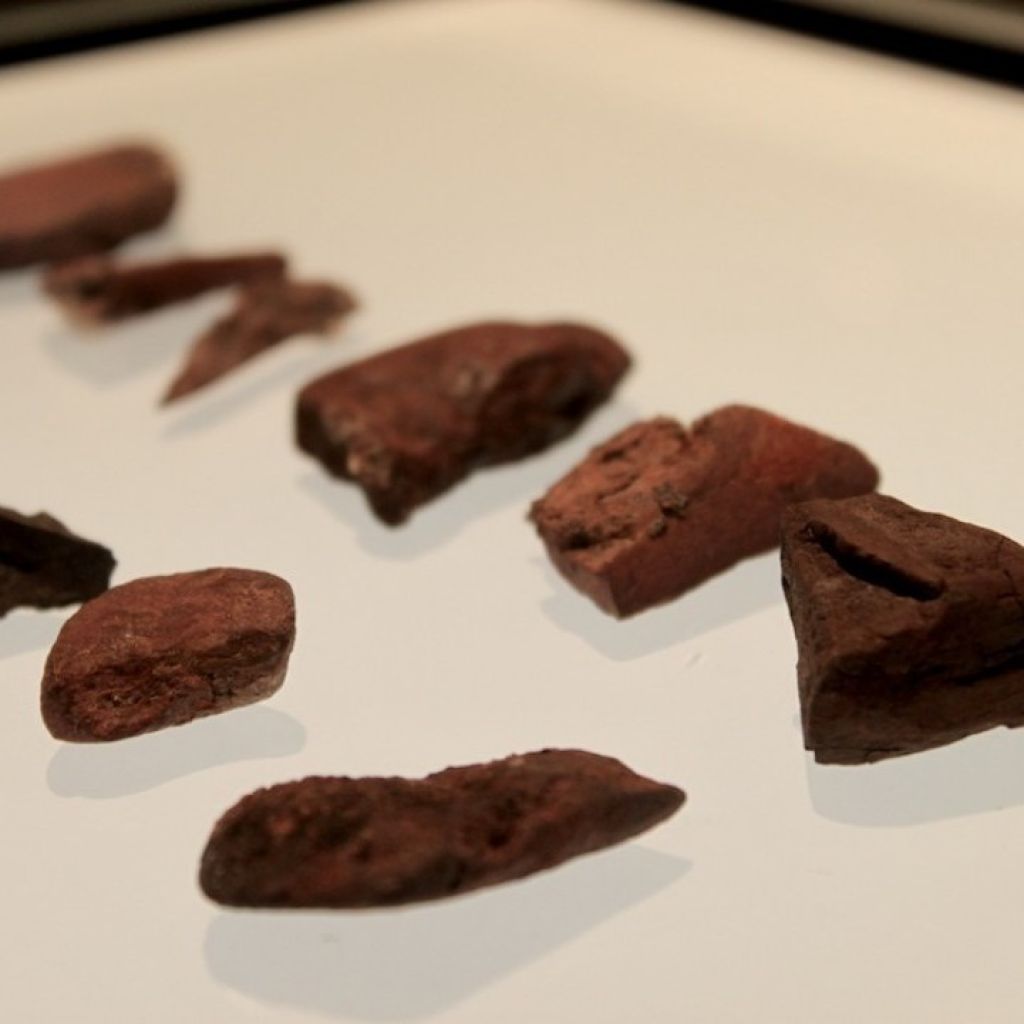Red ochre tells stories of our human ancestors
Red ochre is a clay-like natural substance comprised of iron oxide and hematite. Although it may not seem all that significant at first glance, red ochre has told scientists much about the development of human traits through the ages, and how our early human ancestors lived. In fact, red ochre has revealed that our human ancestors may have been smarter than we think…
A splash of colour. Rock paintings are proof that our human ancestors had an eye for colour. These ancient Michelangelos used red ochre, among other substances, as a pigment to translate their ideas into beautiful works of art on cave wall canvases.
Experiments and ancient science. University of the Witwatersrand (Wits) archaeologist Professor Lyn Wadley, who practises experimental archaeology, discovered traces of red ochre on old stone implements found at the Middle Stone Age rock shelter, Sibudu Cave, in northern Kwa-Zulu Natal. Wadley believes this ochre was used to create a useful adhesive substance.
Wadley experimented by mixing Acacia tree gum, beeswax and red ochre, which created a sticky substance similar to that used tens of thousands of years ago to bind handles to stone tools. She believes that human ancestors who accomplished this used fairly complicated methods, including heating the various substances at different temperatures to create the right consistency. Could they have been some of our earliest scientists?
A creative streak. Deliberate and abstract engravings found on chunks of red ochre at the Blombos Cave site on the Southern Cape coast are proof that early humans, as far back as 100 000 years ago, were capable of symbolic expression.
Maropeng is currently hosting an exhibition entitled, What makes us human: The significance of the Sibudu Cave shelter. The exhibition focuses on a number of fossilised clues that scientists believe paints a bigger picture of how our early human ancestors lived. Red ochre implements, fossilised plant material that appeared to be used as bedding, bone arrows and the oldest needle to date will be on display, among other fascinating artefacts.
Make a day of it, and enjoy a scrumptious lunch at the Tumulus Restaurant. A trip to Maropeng is an ideal family outing, and a wonderful opportunity to learn more about the origins of humankind in a fun and relaxing environment.
Sources:
